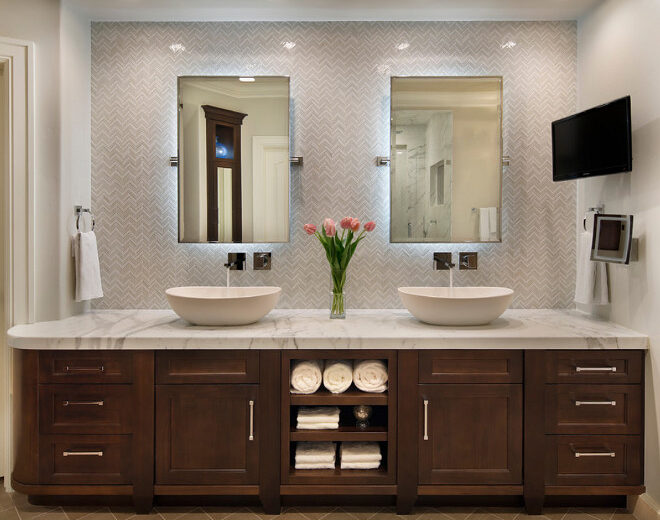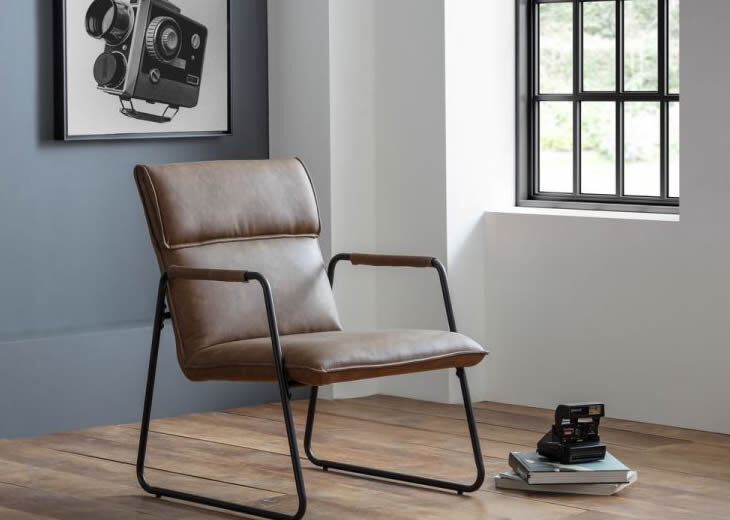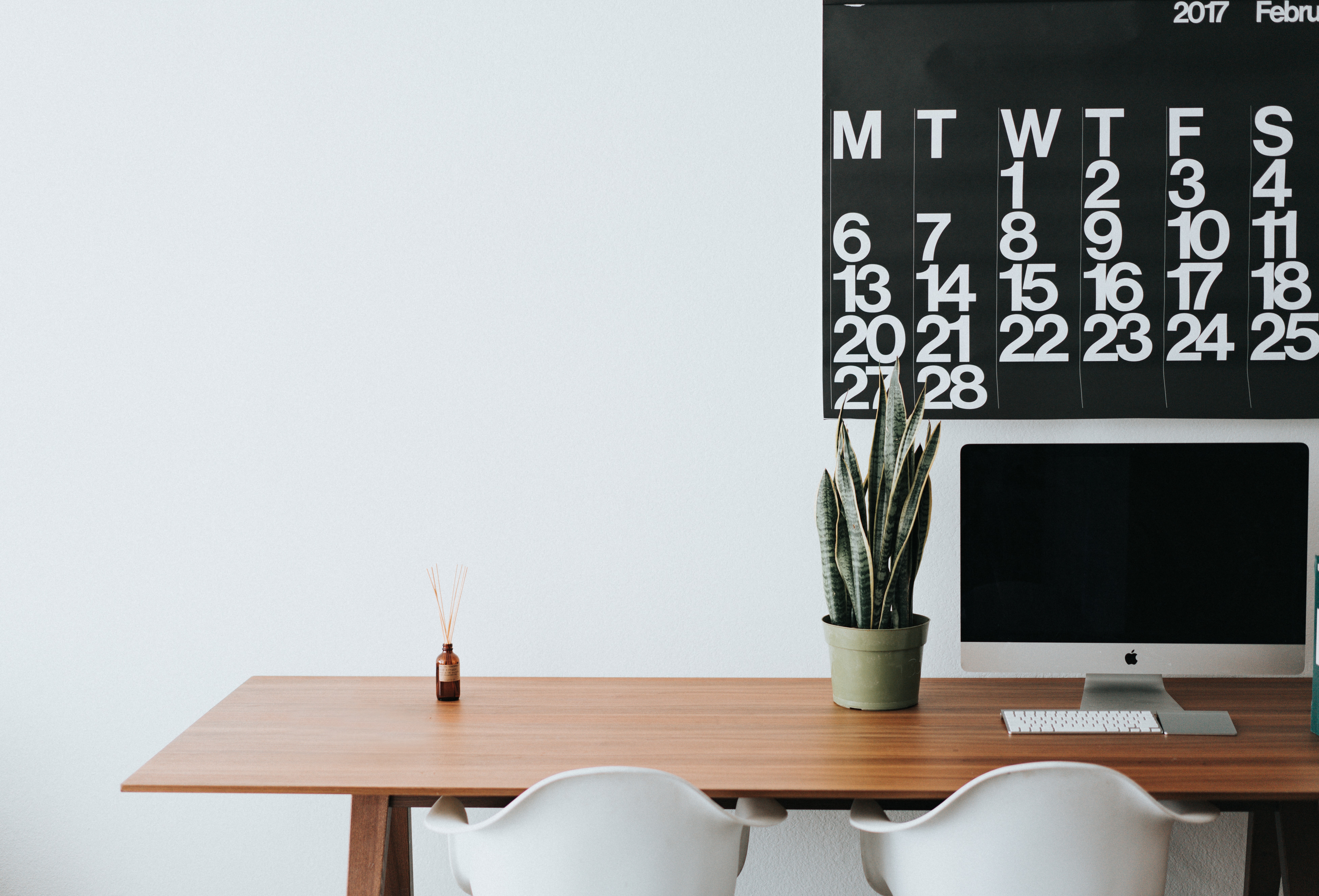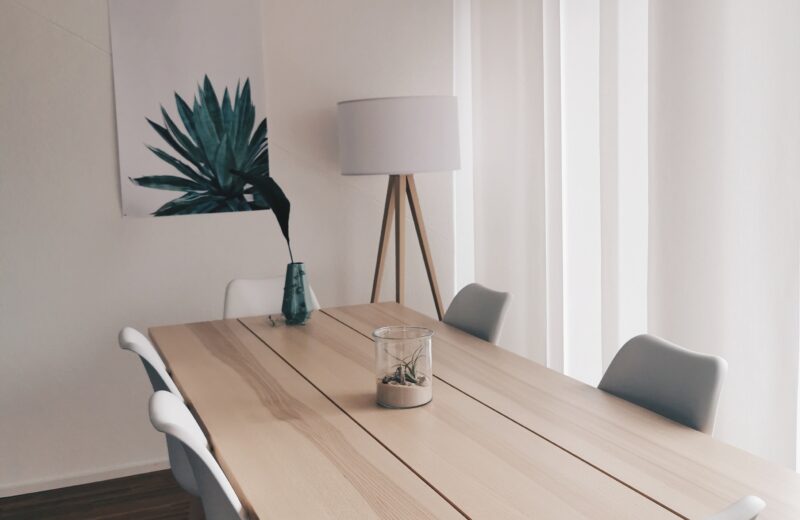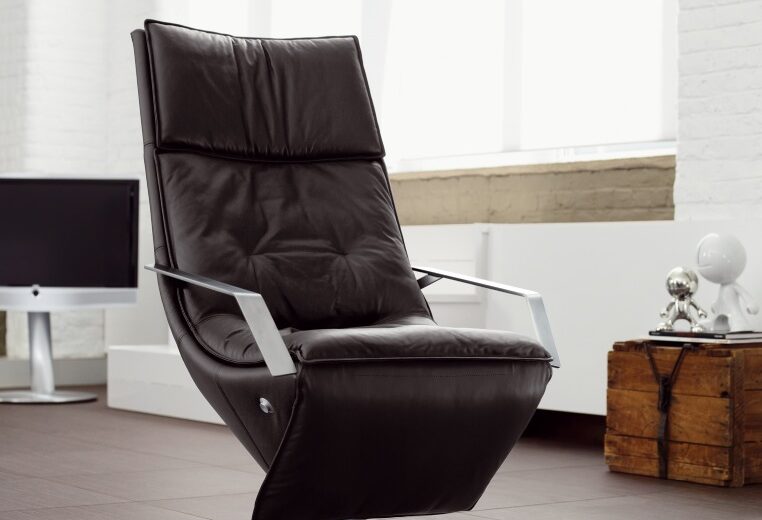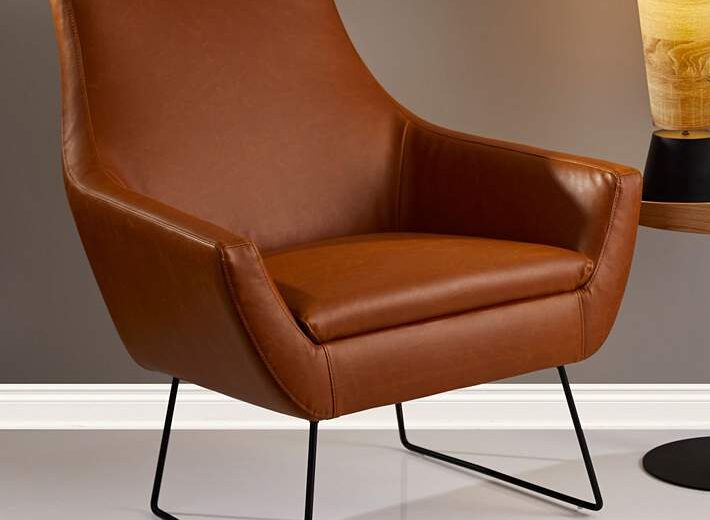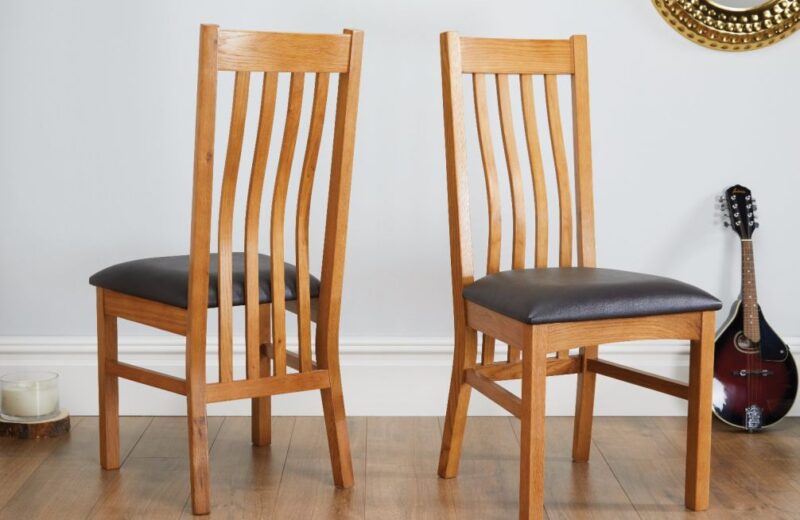The bathroom is one of the most important rooms in the house when it comes to effective lighting. It’s usually the first place that people go when they wake up every morning, and it can set the tone for the entire day. The bathroom is where you rinse and groom, and it’s also where many people take their daily medication, so it’s a good place to optimize extra light and natural lighting. Helping other people see is also important to safety, as the bathroom is where 80 percent of senior adults fall. Good bathroom lightening for the elderly, fortunately, is a good bathroom illumination design for everybody. Let’s take a look at some options for the best bathroom lighting: natural lighting, overall lamp, glamour lighting, lighting over a tub, lighting in the bath, illumination at the toilet, and night bright lights.

Daylighting
Nothing surpasses direct sunlight for elevating your feeling and establishing the circadian clock that governs your alert cycles. There is a large and growing body of scientific literature devoted to this phenomenon. As a result, it is preferable to design a bathroom with as much natural light as possible. Why not include windows if you’re going to include one? —particularly if they can be placed on adjoining or contrary walls to maintain the lighting. To avoid the common problem of high windows over the tub that are always covered and provide confidentiality, why not switch to bottom-up hues that provide both daylights as well as privacy?
Consider installing a glass roof for more reliable all-day bright lighting. A 2×3 natural lighting provides up to three times the illumination of a similar window. Even on cloudy days, light levels of 100fc to 200fc are quite common in skylit spaces. Although single natural lighting is a substantial improvement, we frequently involve a few in the bathroom lighting design to fit the area and add drama to the roof.
The Shower’s Light
Great news for those who dislike showering in the dark: There is a multitude of very brilliant, accessible shower trim lights obtainable, which means you can install containers that punch beams of light and dim to the right levels rather than having difficulties seeing with the conventional lensed 60-watt highest cans. We used to have to place two or more cans in the shower to get sufficient light; now, one great one will suffice. Take a bath fixtures with finned glass or acrylic surfaces are also accessible.

Lighting at Night
Because the bathroom can sometimes be used in the dark of night, it is crucial to get some, but not too much, light for the safety of navigation. When the eyes have adapted to darkness, as they do when awakened up from sleep, only a few footcandles are obligated. (A full moon has a frequency of.01fc!) Turning on brilliant ceiling lights will be distracting and blinding. A 5w nightlight could suffice.
As a result, supplying a reduced illumination source that is either on all night or reacts to motion is just a good idea. Many exhaust fans/lights have this function, or you could wire some step lamps into the wall as well as simply buy a few connector movement twinkle lights.
LED tape lighting under a vanity or worktop edge is often used for this purpose in elevated hotels. Most of our greater work includes an electrical device behind the bathroom for a bidet seat, which is perfect for plugging in one of these lights. Numerous manufacturers have recently begun to offer LED lighting in washrooms for navigational aids.
Light up the mirror.
The vanity region is one of the most critical places to integrate practical bathroom lightening Jo Mann suggests localizing wall lights at eye level on either side of the glass. “This will ensure an even propagation of light across one’s face,” she says. “If your space does not allow this, a light above the reflector will suffice.”Recessed dimensional lamps centered just on the basin, in line with the glamour department’s edge, will cast a lagoon of light onto the watershed itself.”

Go high-tech.
Emerging innovations can provide you with more choices for bathroom lightening “There are customizable alternatives available, such as lamps that change concentration with the press of a button, or lighting positioned on a timer or PIR sensor (silent or sensor), so when someone steps into the shower, it instantly turns on.
If you’re a big fan of hue, some characteristics can add fantasy light sources,”. “You can be thrilling and playful with illumination as a style component.”
If you want to use colored light sources, stick to a limited palette. “Make certain the color enhances the rest of the room,” “While it may be enticing to add splatters of color everywhere, simple is best.”Ask oneself where illumination would enhance your bathroom’s goods and layout.”
Add Color with Bathroom Lightening
This bathroom’s color scheme is fantastic. It’s amusing, quirky, and just really brings the tiny space to life. The cute reef bathroom lightening looks fabulous, tying the colors in the wall art and sinking around each other. Also, notice how the lights turned down right at the front of the mirror; this not only can double the hue but also means that even more beam is being reflected all around the room.

Go For a Simple Pared-back look
Do you prefer a simple, relatively simple bathroom design that is both unchanging and elegant? You’ll need a very nice chandelier light – no other lighting should be provided. Choose frosted acrylic or ceramic pendant lights for a soft, minimalist look, or brass pendant lights for just a bolder, more graphic glance. Again, consult an electrical engineer before making purchases.
Implement a feature in a small bathroom
When dealing with a small bathroom, your goal is to add aspects and give the illusion of space. A glass chandelier is the ideal bathroom light source, as well as a pleasant way to add nuanced drama. The diffused gentle effect will visibly enhance the space, bringing attention to the unique shapes rather than the room’s size.


